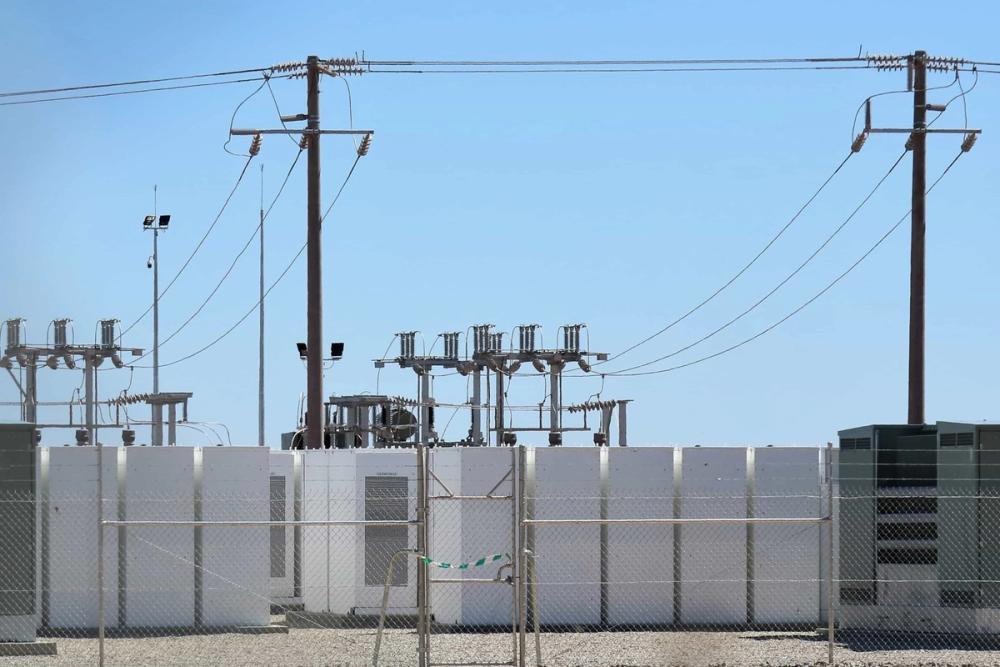Ryan Macindoe responds to new government guidance on health and safety for grid scale electricity storage

The Department for Energy Security and Net Zero recently created guidance to make health and safety standards clearer for grid-scale electrical energy storage systems. This is crucial as these systems become more widespread.
The guidance aims to make it easier for the industry to understand and follow safety standards at every stage of building grid-scale storage. It's like a roadmap for companies involved in this area.
Ryan Macindoe, Head of Planning and Design at Balance Power, shares his thoughts on the government initiative:
"It’s encouraging to see the recent release of government guidance on the health and safety of grid-scale storage. It’s comforting to know that our Planning & Design team has already implemented these measures into our consented and pipeline BESS projects. The guidance underscores the importance of ensuring the well-being of both workers and the communities around our BESS projects.
Our Planning & Design team has the following key takeaways from the guidance:
Site Selection - Selecting a location for BESS involves assessing factors like land availability, grid connections, and local grid service needs. From a health and safety standpoint, sites must be chosen carefully, considering risks posed by the BESS and those it faces. Factors include impact on the environment, nearby industrial sites, and co-location with other facilities.
Environmental Assessment – A Rigorous environmental assessment is essential. Measures like noise assessments and adherence to standards such as NFPA 855 ensure safety and environmental protection. Compliance with NFPA 855 standards dictates location considerations, with guidance providing distance between BESS facilities and surrounding structures to minimise risks.
Emergency Planning – As developers, we must plan for personnel movement throughout the lifecycle of a BESS site. This includes ensuring access routes are suitable for equipment during installation and commissioning, establishing safe pathways for maintenance activities during operation, and facilitating access for decommissioning and end-of-life processes. Emergency scenarios should also be considered, allowing for access by emergency responders in case of fire or other emergencies.
Transportation - Transportation of BESS components requires special considerations to ensure their safety. Since components may lack the protection they'll have once installed, additional measures like disconnecting or separating components, limiting charge levels, and installing extra sensors may be necessary. Standards like IEC 62281 and regulations such as UN Transport Regulations classify lithium-based batteries as dangerous goods, requiring adherence to safety protocols during transport."
The new government guidance on health and safety for grid-scale electricity storage is a positive step forward. From careful site selection to thorough environmental assessments and emergency planning, we're committed to upholding the highest safety standards in our BESS projects.
Let's continue prioritising safety and sustainability for a brighter energy future.



